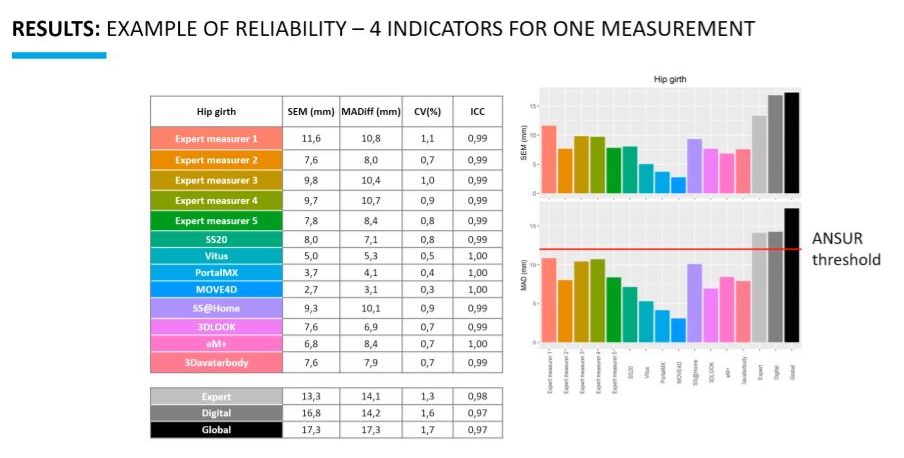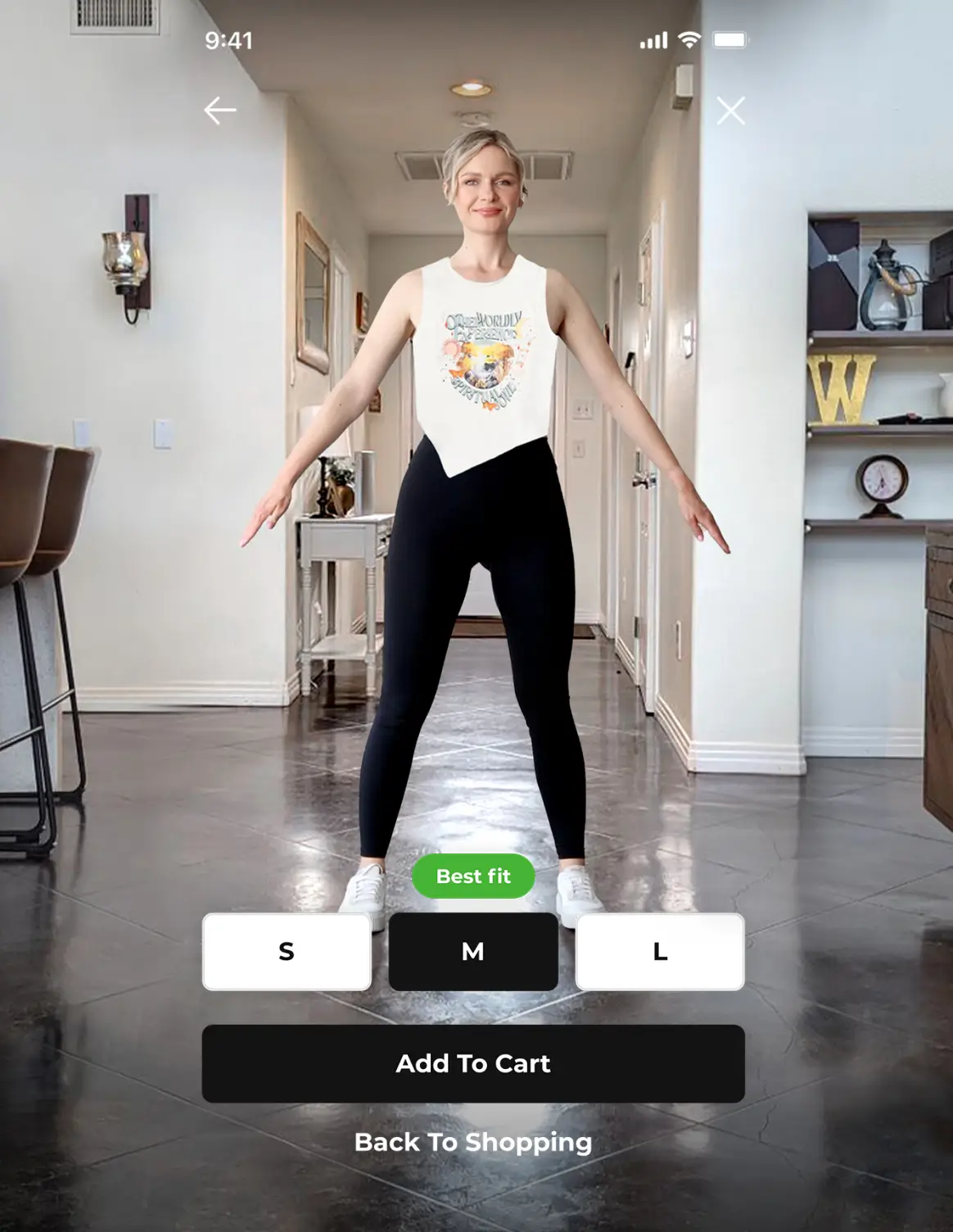Digital body measuring technology will play a key role in fitting customers in the post-pandemic future. However, with very little research into the reliability of the solutions available, choosing the right body measuring tool can be challenging. IEEE, the world’s largest technical professional organization, conducted research aiming to develop new standards in mobile body scanning, the first results of the study were already presented at 3DBODY.TECH Conference.
Demand for customization and personalization has reached new heights — according to Deloitte, close to 40% of consumers are now interested in purchasing customized products and services. From made-to-measure furniture, to trustworthy health and fitness apps, augmented reality dressing rooms, and authentic avatars in virtual worlds, digital body measurements can help usher in an era of ultra-personalization. For a wide variety of industries, human body measuring technology will become an essential tool, but finding reliable solutions has often proven challenging.
Studying the accuracy of body measuring technology
Understandably, there are still concerns among brands and retailers regarding the accuracy of body measuring technology. Most previous research has been conducted by solution providers on their own technology. With a lack of third-party validation, businesses cannot rely on the results.
However, new research by IEEE, the world’s largest technical professional organization, aims to demonstrate that body scanning technologies can match, and in some instances beat the accuracy of results captured by human experts.
At the recent 3DBODY.TECH Conference, the premier event for 3D body scanning and processing technologies, IEEE presented its study on the compatibility and repeatability of body data captured using a variety of body measuring solutions.
The study had 2 phases and researched 6 traditional anthropometry experts, 4 hardware body scanners, and 4 mobile body scanning solutions. As a part of developing the standard for digital body scanning solutions, the research was determining compatibility, repeatability, and whether the participant solutions comply with the 3D body scanning requirements set out in the International Organization for Standardization’s ISO 20685-1.
Each solution was used to capture a set of 11 unique points of measurement, from neck girth to inside leg height, for a sample group of 132 participants (both males and females).
Each measurement was then compared to a reference value to determine the compatibility of a solution. Likewise, successive measurements were compared against each other to determine the repeatability of each solution.
3DLOOK: a participating member of developing Standards for Mobile Body Scanning by IEEE
With a repeatability error of less than 2%, meaning there was little change in results when measuring the same subject multiple times, IEEE found all eight solutions to meet the requirements of the ISO 20685-1 standard and therefore deemed them adequate for use. In fact, 3DLOOK and six other solutions proved to be more consistent than the human experts they were measured against.

The research proves that businesses have little to fear in embracing body scanning technology. Though the official standard is still being finalized, some key results are already opened to the public and we are happy to share the scientific findings of the IEEE research (see at the end of the article).
Improving digital body measurements
Many businesses are hesitant to change processes and practices that have served them wonderfully for decades. Yet, with consumer expectations changing and online channels thriving, businesses must adapt. This is a pivotal moment for many not only in the apparel but other industries as well, and embracing technology will be vital to their survival.
The timing of IEEE’s study couldn’t be better. The research provides valuable insight into the suitability of the various solutions available, which will support businesses in their preparation for the digital future. The results confirm that digital body measurement solutions have come on leaps and bounds in recent years, and that businesses can rely on the likes of 3DLOOK to provide their customers with precise body measurements from the comfort of their homes.
Since taking part in the IEEE study, internal research shows that 3DLOOK has already reduced its average repeatability error by 34% for three of the POMs tested. We are immensely proud to rank among the best body measurement solutions available, and remain committed to providing customers with highly accurate digital measurements.
Key conclusions of IEEE Mobile Body Standards Development Research presented at 3DBODY.TECH Conference
About the dataset
- Unique and excellent dataset – 14K+ measurement points, 1100+ 3D body scans, 5 experts, 4 scanners, and 4 apps
About repeatability of measurements
- Consistent methods, parameters, and criteria to evaluate the reliability of technologies – methods to be consolidated in P3141
- Calculated reference values and benchmarks for the participating technologies
- Low level of repeatability error for individual scanning technologies and experts, <2% of CV and ranging from 2-20 mm of SEM
- Individual scanning technologies had more repeatable measurements than individual human expert measurers
- Repeatability error increases significantly when data is taken indistinctly from different sources, either experts, scanners, or mixed
About compatibility of measurements
- No clear ground truth – repeat ability of experts lower than body scanners and agreement between expert s is not that high
- Consistent methods and parameters but not criteria – since ISO criteria and methods seem not well adapted (just 15% of expert data compatible)
- Calculated reference values and benchmarks for the participating technologies that will help to establish new criteria
- Significant biases between pairs of the station up to several centimeters – ISO definitions are ambiguous and not suited for digital implementations
- Simple pairwise shifts could be used to make different stations compatible but it requires creating datasets for each pair to compatibilize
About quality of 3D human representations
- 3D body shapes rendered consistently for all technologies – 3D fidelity of apps is lower than actual scanners
- Technologies providing watertight and artifact-free 3D models can facilitate the use of 3D content in applications
- Consist ent methods, parameters, and assessment needed to quantify 3D quality of representation of human bodies

